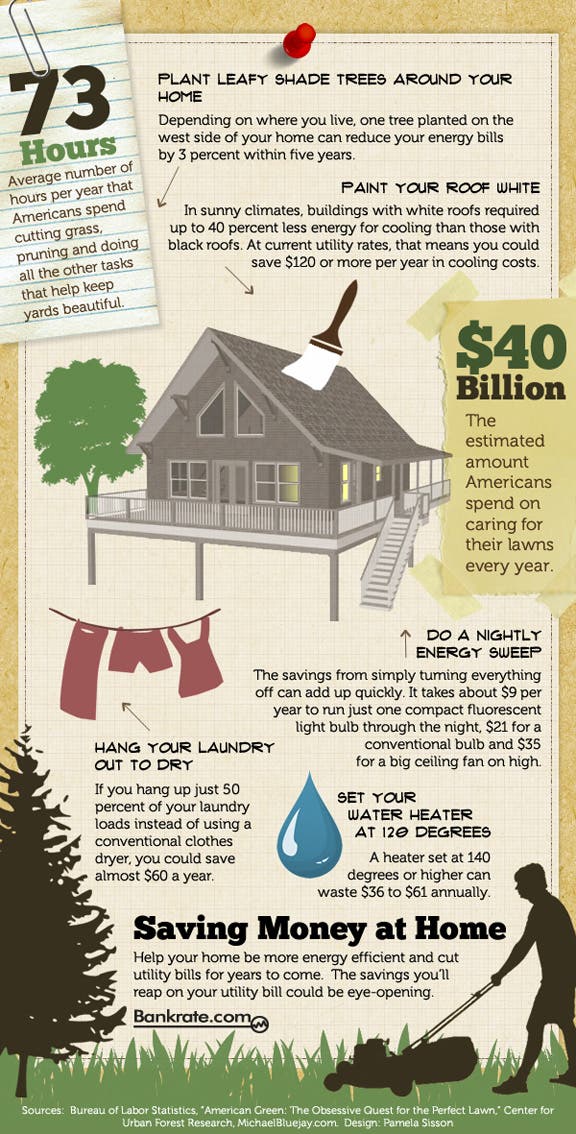Hints That Suggest Tree Elimination: Just How To Area Hazardous Trees
Hints That Suggest Tree Elimination: Just How To Area Hazardous Trees
Blog Article
Created By-McDonald Cormier
When it pertains to tree care, identifying the indications that it's time for elimination is necessary for your safety and security and residential property. just click the up coming post could see blemished leaves, wilting branches, or odd fungal developments indicating health problems. Structural problems, like a considerable lean or splits in the trunk, can also position threats. Understanding these warning signs can aid you make informed choices about your trees and prevent potential risks lurking in your backyard. What should you search for following?
Indications of Degeneration and Disease
When you observe signs of degeneration and disease in your trees, it's crucial to act rapidly. Try to find discolored fallen leaves, wilting branches, or unusual developments like fungus. These can indicate that your tree is battling.
If you see cracks in the bark or soft, mushy timber, these signs recommend internal decay. In addition, a sudden boost in pests around your tree can signify that it's compromised and susceptible.
Check for any dead or passing away limbs, as they position a risk to your home and security. If you're uncertain regarding what you see, consulting an arborist can provide quality.
Attending to these indications early can save you from much more comprehensive damage and make sure the health and wellness of your yard. Do not wait until it's far too late.
Structural Instability and Leaning
As you observe your trees, keep an eye out for any indications of structural instability or leaning. If a tree leans considerably, it might suggest that the root system is compromised.
Search for any type of cracks in the trunk or soil around the base; these can signify possible failure. In addition, check for uncommon development patterns, like an unbalanced crown, which might suggest that the tree is struggling to hold itself upright.
If you see that the tree leans toward your home, power lines, or various other structures, it poses a higher threat. Don't ignore these signs-- seek advice from an arborist to examine the situation.
Taking action early can avoid costly damage and ensure your security.
Dead or Perishing Branches and Vegetation
If you observe dead or dying branches and vegetation on your tree, it's a clear sign that something's incorrect.
These undesirable locations can suggest underlying issues like condition, insect infestations, or environmental stress. When branches lose their leaves or transform brownish, they're no more adding to the tree's health and wellness. Overlooking these signs can result in further decline, making your tree much more harmful.
https://ammoniumnitratestumpremov17394.bloggip.com/35352779/clarifying-tree-removal-prices-strategizing-your-landscaping-budget-plan can quickly break off during storms, posing a risk to property and individuals close by. It's critical to evaluate the extent of the damages.
If the trouble affects a substantial part of the tree, consider speaking with an expert. They can assist establish if removal is necessary to make sure safety and security and maintain the beauty of your landscape.
Final thought
If you see any kind of indicators of decay, structural instability, or dead branches on your trees, do not disregard them. These indicators can posture significant security threats to you and your property. It's constantly best to seek advice from a specialist arborist who can provide an expert assessment of your trees. Acting early can avoid crashes and costly damages, ensuring your landscape continues to be safe and healthy and balanced. Remember, it's better to be positive about tree treatment than to await a disaster to happen.
